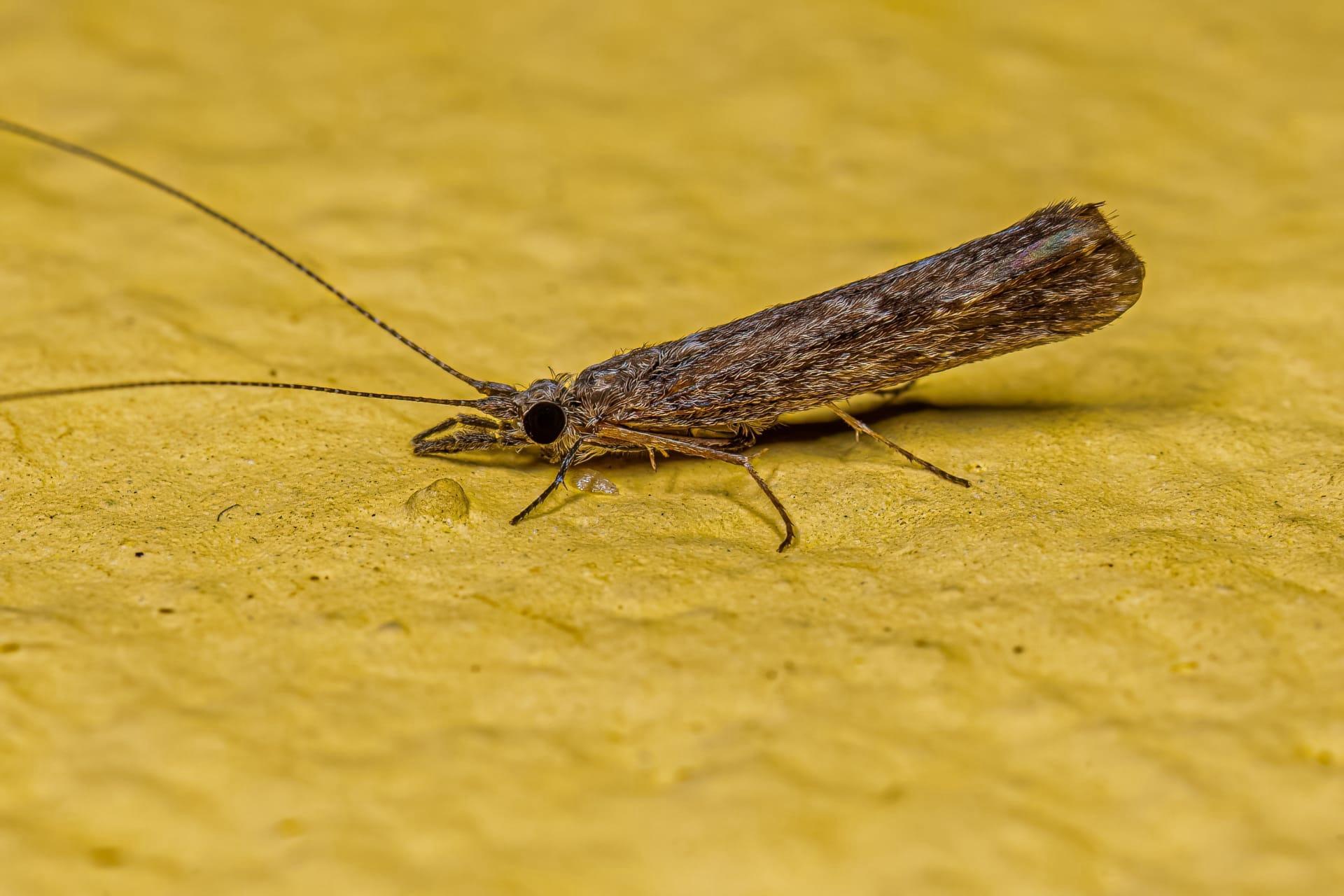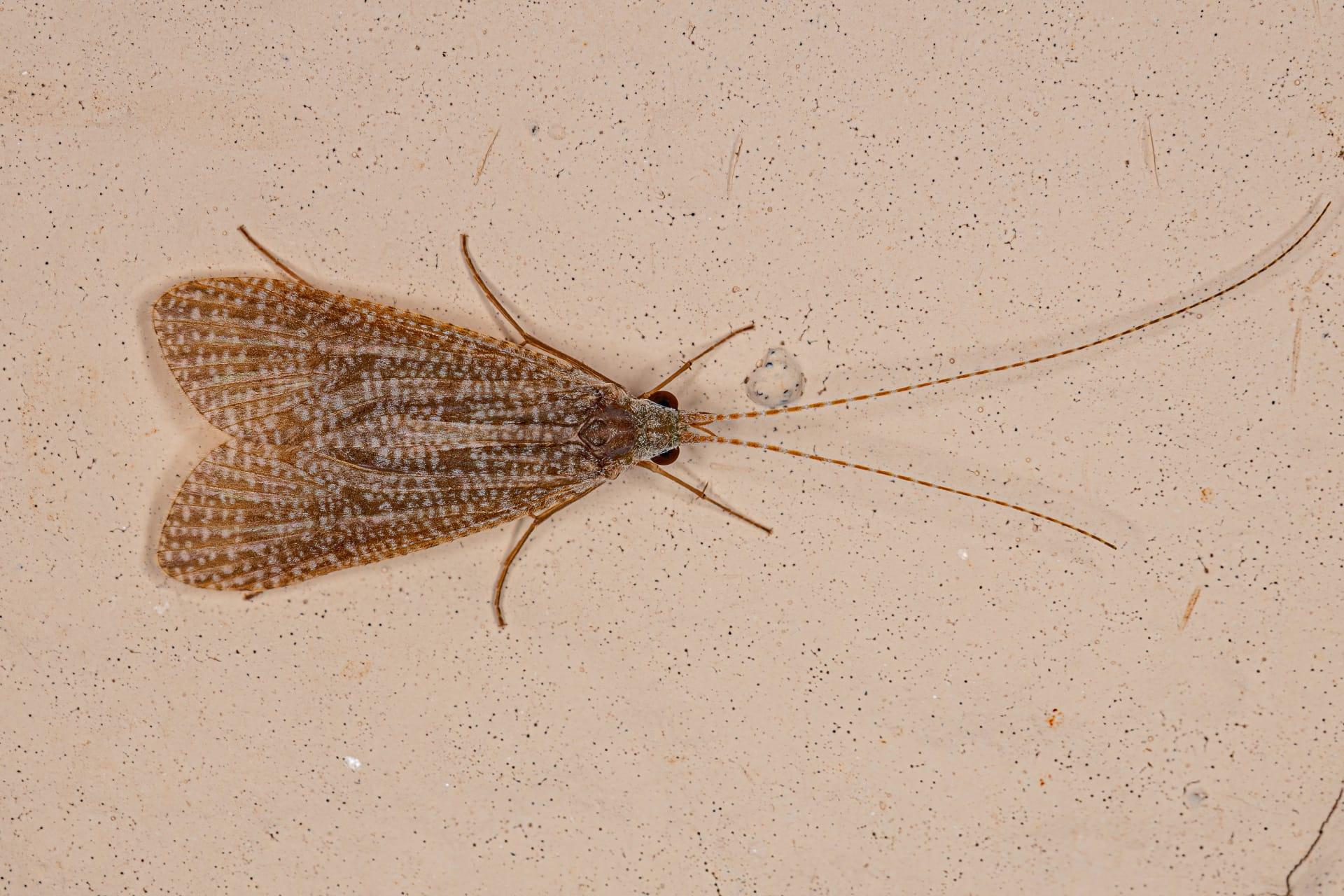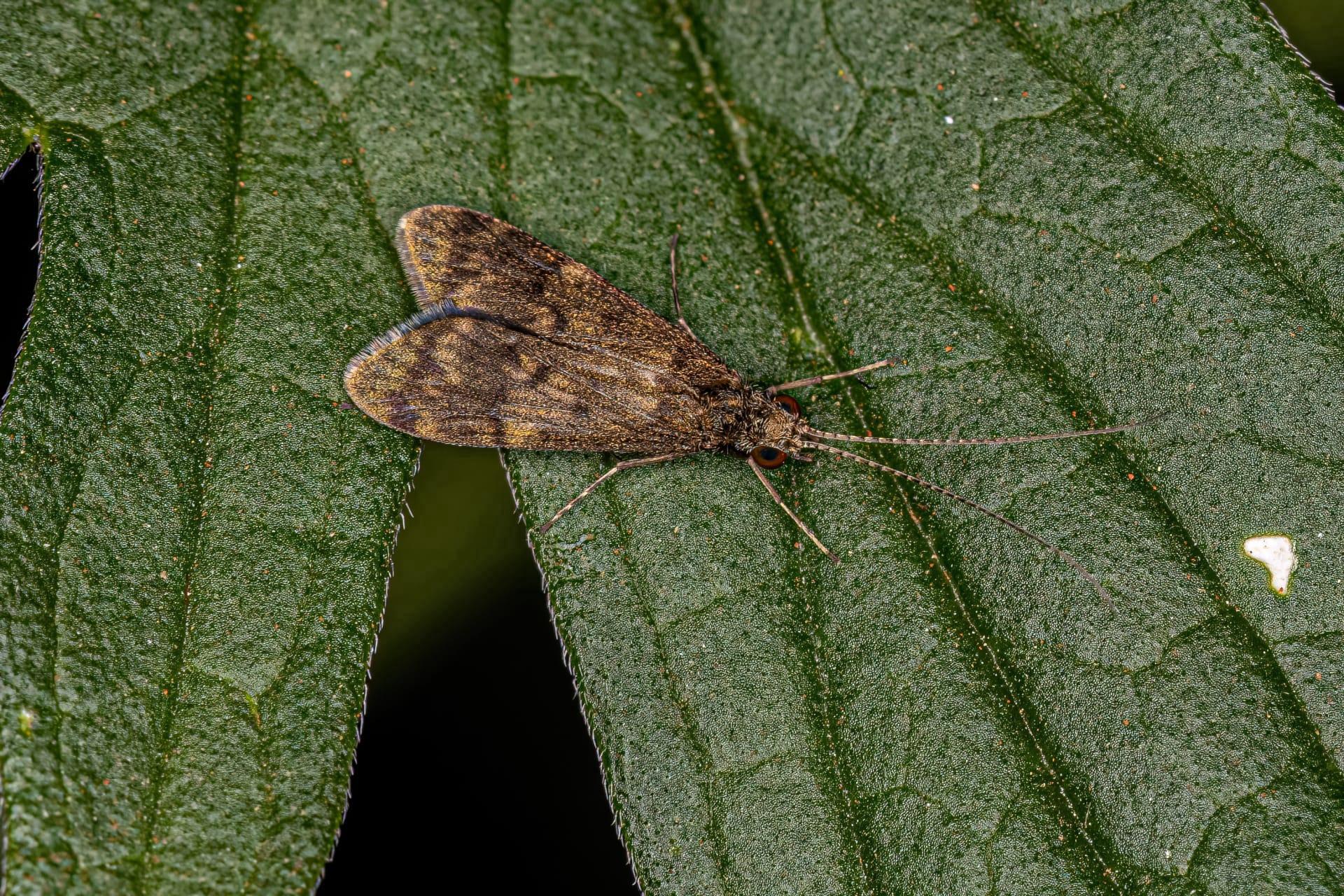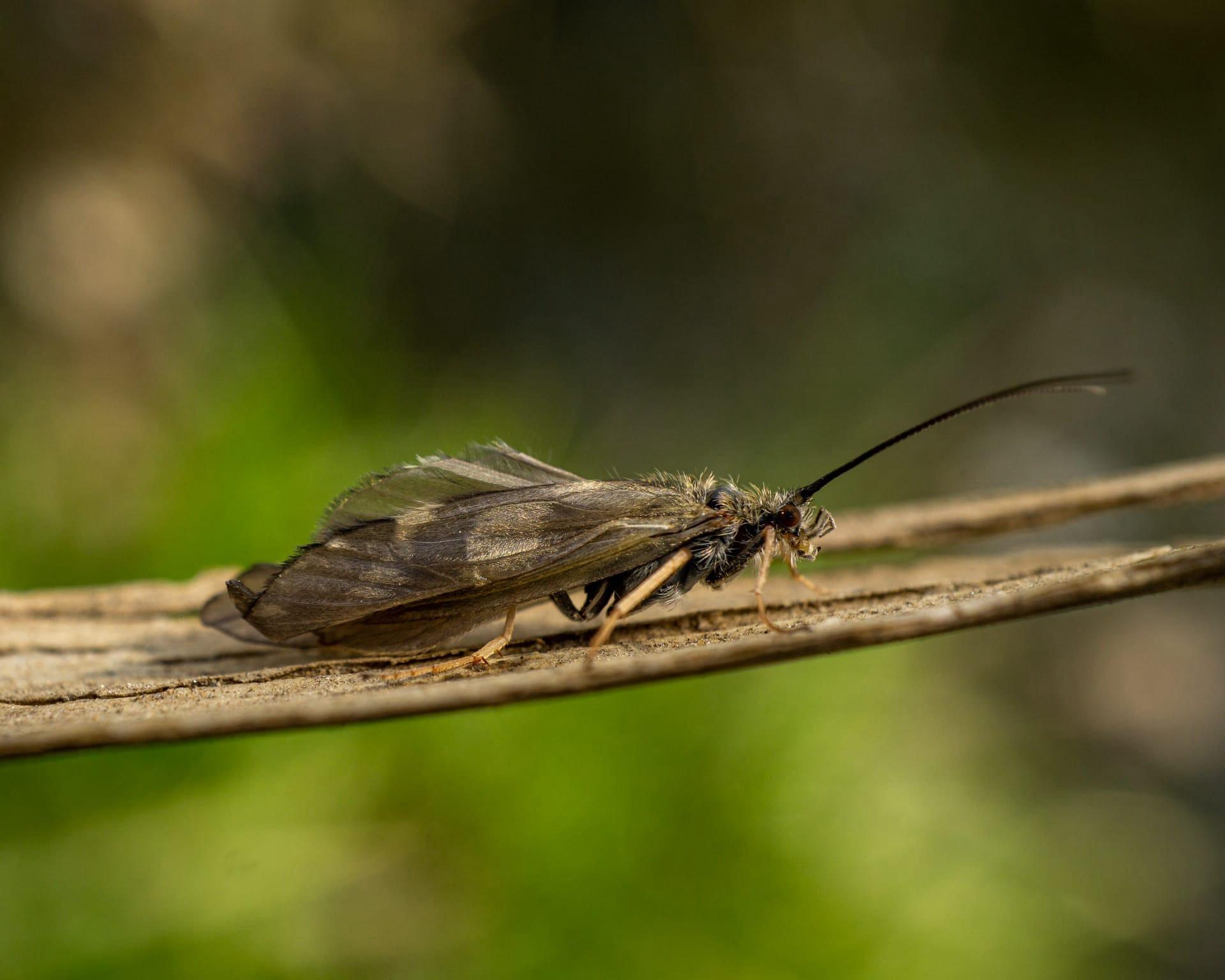Caddisfly Characteristics
- Home /
- Mini Encyclopedia /
- Animal /
- Caddisfly Characteristics
1
Caddisflies, or Trichoptera, are fascinating insects with a unique blend of physical traits. Typically, they measure between 0.5 to 1.5 inches (1.3 to 3.8 cm) in length, although this can vary among the approximately 14,500 known species. Their lifespan is intriguingly brief yet eventful. In their larval stage, which lasts about a year, they exhibit their most remarkable behaviors, while as adults, they generally live only a few weeks. This brevity in adulthood is common among many insect species, emphasizing a life strategy focused more on reproduction and less on long-term survival.
Among their most distinctive features is the larval case-building behavior. Caddisfly larvae are renowned for their ability to create protective cases using materials from their environment, such as sand, twigs, and small stones. These cases are more than just shelters; they are tailored survival tools. The larvae secrete silk from salivary glands near their mouths, which they use as a sort of biological glue to bind these materials. This process not only provides them with protection against predators and environmental hazards but also aids in camouflage, blending seamlessly with their surroundings. This remarkable adaptation showcases the caddisfly's ingenuity in using available resources to ensure its survival.

2
Question: Do caddisflies pose any harm to humans?
Answer: Caddisflies are harmless to humans. They neither bite nor sting, making them a benign presence in their natural habitats. In fact, their presence is often a positive indicator of water quality, as they thrive in clean, well-oxygenated streams and rivers. Their larvae play a crucial role in aquatic ecosystems, aiding in the breakdown of organic materials and serving as a food source for other creatures. Adults, while short-lived, contribute to the ecosystem by serving as prey for birds and other insectivores. Thus, caddisflies are an essential component of their ecological communities, supporting the health and balance of aquatic ecosystems rather than posing any threat to human beings.

3
Caddisflies exhibit unique movement characteristics throughout their life cycle. In their larval stage, they are primarily aquatic and are adept at crawling along the substrates of streams and rivers. Their movement is somewhat ungainly due to their protective cases, which they drag along with them. This movement, while not particularly fast or agile, is efficient for their lifestyle, allowing them to forage for food and build their cases in the aquatic environment. When they metamorphose into adults, their movement shifts dramatically. Adult caddisflies are capable fliers, although they are generally not as swift or agile as some other flying insects. Their flight is often described as fluttering or meandering, suitable for short-range travel and mate-finding within their habitat.
As for feeding habits, caddisfly larvae are primarily detritivores and herbivores. They consume organic matter like decaying vegetation and algae, playing a vital role in their ecosystems by recycling nutrients. This feeding strategy is crucial for maintaining the health of aquatic environments. Adult caddisflies, on the other hand, have a significantly reduced feeding role. Many species do not feed at all as adults, as their mouthparts are not well-developed for feeding. Their primary focus during this stage of life is reproduction, not sustenance.

4
The habitat of caddisflies is predominantly aquatic. They are most commonly found in clean, well-oxygenated streams and rivers, although some species can be found in lakes, ponds, and even temporary water bodies. The water quality is a critical factor for their survival, especially in the larval stage. Clean water with a rich supply of organic materials for case building and feeding is ideal. Pollution and habitat destruction can significantly impact their populations, making them indicators of environmental health.
Reproduction in caddisflies involves several unique aspects. After reaching adulthood, their primary focus is on mating and laying eggs. Females lay eggs in or near water, often attaching them to submerged objects. Once hatched, the larvae begin their life in water, where they remain until they are ready to pupate. The transition from larva to adult is a critical phase, during which they build a pupal case and undergo metamorphosis. This reproductive cycle, closely tied to aquatic environments, underscores the importance of water quality and availability in sustaining caddisfly populations.

5
Book: "The Secret Life of Caddisflies" offers an in-depth look into the world of caddisflies. Authored by renowned entomologist Dr. Hannah Lang, this book, published in the United States in 2019, delves into the intricate life cycle, behavior, and environmental significance of these insects. Lang's writing is accessible and engaging, making complex scientific concepts understandable to a wide audience. The book is especially notable for its detailed descriptions of the larval case-building behavior, complete with vivid photographs and illustrations.
Book: "Caddisflies: Architects of the Stream" is another fascinating read. Written by British biologist Richard Thompson and published in 2021, it explores the ecological role of caddisflies in freshwater ecosystems. Thompson combines scientific research with field observations to provide a comprehensive overview of the species. The book highlights the importance of caddisflies in bioindication and their contribution to biodiversity. Rich in detail and easy to follow, it's an excellent resource for anyone interested in freshwater biology and environmental science.